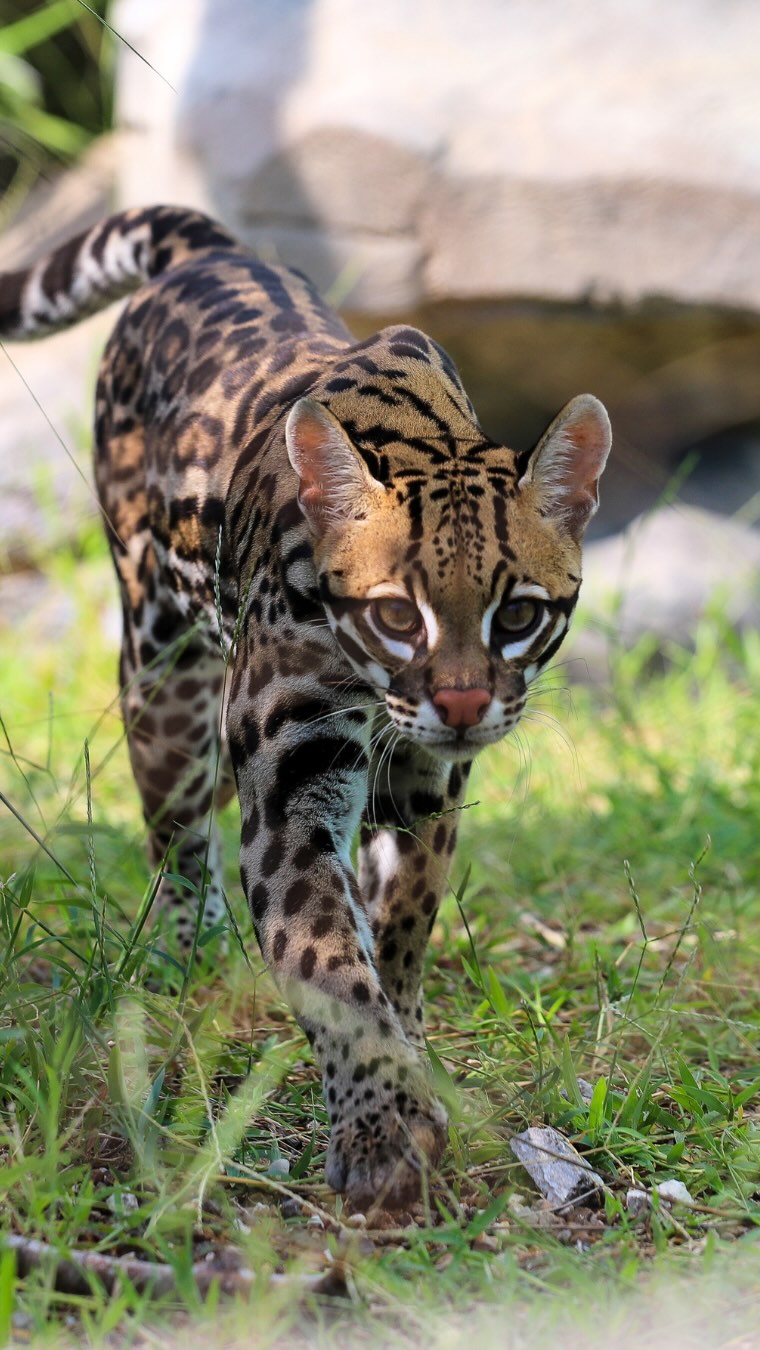- Explore the life and habitat of the ocelot, focusing on Milla and her role in education.
- Discuss the importance of wildlife conservation and the impact of social media in promoting awareness.
- Delve into zoo management practices, emphasizing animal welfare and the role of digital engagement.
- Highlight the scientific and ecological significance of ocelots in tropical ecosystems.
- Analyze how programs like "Live with Milla the ocelot" foster public engagement and learning.
The ocelot, known scientifically as Leopardus pardalis, is a captivating member of the feline family. Found predominantly in the dense tropical forests of South and Central America, these solitary and nocturnal animals are recognized for their striking coat patterns, which provide both beauty and camouflage. At the center of this educational journey is Milla, an ocelot whose presence on digital platforms has made significant strides in wildlife conservation awareness.
The life of an ocelot like Milla revolves around its habitat, which is crucial for its survival and well-being. Ocelots thrive in areas with lush vegetation that provides cover and hunting ground. They are adept climbers and swimmers, which enhances their adaptability in varied terrains. Milla’s digital showcase provides a window into the daily activities of this intriguing animal, shedding light on its behaviors and natural instincts.
Wildlife conservation is not merely about protecting animals like Milla but safeguarding the ecosystems they inhabit. Social media serves as a powerful vehicle for education by reaching global audiences and stirring emotional and intellectual connections. Through platforms like Instagram, "Live with Milla the ocelot" brings the challenges ocelots face, such as habitat loss and poaching, into focus. This digital face-to-face interaction helps cultivate a supportive community invested in conservation initiatives.
Zoo management practices have evolved significantly, with an emphasis on animal welfare and ethical care. The role of digital engagement in these establishments extends beyond entertainment; it serves as a tool for fostering empathy and understanding. By streaming live interactions with Milla, zoos facilitate an interactive experience that connects people to wildlife in a transformative manner, encouraging a deeper respect for all living creatures.
Ocelots play an integral ecological role in their habitats. As predators, they help maintain the balance of prey populations, which is vital for ecosystem health. Understanding the scientific aspects of their behavior, diet, and breeding patterns enriches public knowledge, aiding conservation goals. Programs like "Live with Milla the ocelot" showcase these scientific insights, transforming viewers into informed advocates for wildlife preservation.
Engaging content like “Live with Milla the ocelot” offers an educational experience that bridges the gap between human curiosity and environmental responsibility. By leveraging the instant reach of social media, zoos and conservationists can inspire, educate, and mobilize a global audience. This proactive approach underscores the significant impact digital platforms can have in fostering a culture of conservation, highlighting the powerful role each individual can play in protecting our planet’s diverse species.
*****
Source Description
Live with Milla the ocelot!


